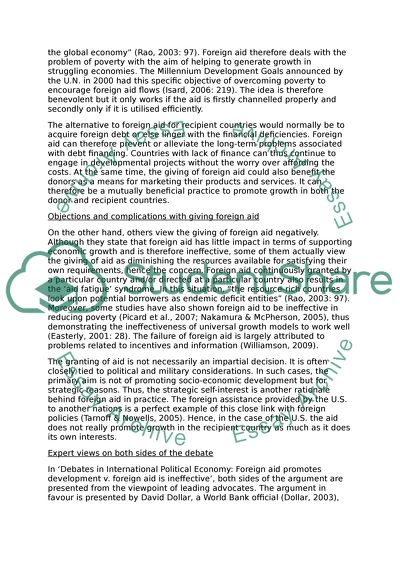Cite this document
(“Foreign Aid: Does It Promote Growth or Is It Ineffective in Promoting Essay - 24”, n.d.)
Foreign Aid: Does It Promote Growth or Is It Ineffective in Promoting Essay - 24. Retrieved from https://studentshare.org/social-science/1576520-essay
Foreign Aid: Does It Promote Growth or Is It Ineffective in Promoting Essay - 24. Retrieved from https://studentshare.org/social-science/1576520-essay
(Foreign Aid: Does It Promote Growth or Is It Ineffective in Promoting Essay - 24)
Foreign Aid: Does It Promote Growth or Is It Ineffective in Promoting Essay - 24. https://studentshare.org/social-science/1576520-essay.
Foreign Aid: Does It Promote Growth or Is It Ineffective in Promoting Essay - 24. https://studentshare.org/social-science/1576520-essay.
“Foreign Aid: Does It Promote Growth or Is It Ineffective in Promoting Essay - 24”, n.d. https://studentshare.org/social-science/1576520-essay.


